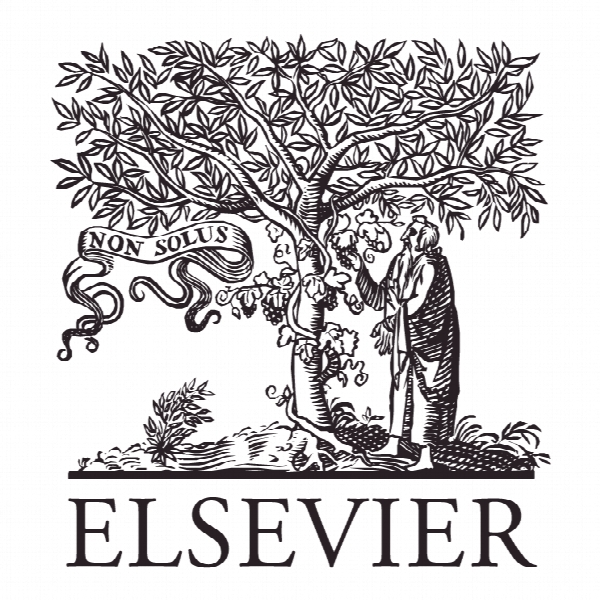اتونوگرافی خودکار به عنوان یک روش انتقادی در مدیریت ورزش: برنامه های کاربردی فعلی و جهت تحقیقات آینده Autoethnography as a critical approach in sport management: Current applications and directions for future research
- نوع فایل : کتاب
- زبان : انگلیسی
- ناشر : Elsevier
- چاپ و سال / کشور: 2017
توضیحات
رشته های مرتبط تربیت بدنی
مجله مرور مدیریت ورزش – Sport Management Review
دانشگاه گروه رهبری آموزشی، کانتیکت، ایالات متحده
نشریه نشریه الزویر
مجله مرور مدیریت ورزش – Sport Management Review
دانشگاه گروه رهبری آموزشی، کانتیکت، ایالات متحده
نشریه نشریه الزویر
Description
1. Introduction Autoethnography is an analytic approach, research genre, and form of writing that explicitly connects a researcher’s lived experiences and perspectives to the social and cultural world in which they exist (Ellis, 2004; Holman Jones, 2005). Extending beyond more common autobiographies and memoirs, autoethnographies fall within reflexive ethnography with rich narratives that evoke emotion from the reader, while also requiring the researcher to critically examine the recursive relationship between themselves and historical events, social structures, and cultural practices (Denzin, 1997; Ellis & Bochner, 2000; Richardson, 2000). More specifically, autoethnographies involve a level of critical self-reflexivity that heightens one’s awareness or consciousness of broader social inequities in society, which can ultimately lead to positive reform efforts to increase equity for all (Sparkes, 2002b). Moreover, this methodology inherently challenges the ‘‘normally held divisions of self/other, inner/outer, public/private, individual/society, and immediacy/memory’’ (Sparkes, 2002a, p. 216), and thus enables the researcher to articulate the complexities of a lived experience in a way that only a true emic perspective can offer. In other words, autoethnographies possess the potential to fulfill the promise of sociological inquiry as purported by C. Wright Mills (1959) whereby the connection between personal troubles and public issues can be explored and better understood. nd better understood. Both evocative autoethnographies, that focus more on presenting alternative narratives and stimulating emotion (Denzin, 1997; Ellis, 1999; Ellis & Bochner, 2000; Richardson, 2000), and analytic autoethnographies, that aim to build on theoretical understandings of a phenomena (Anderson, 2006), are useful methodologies for enhancing more generally our collective understanding of the social worlds around us as well as specifically informing our shared experiences of and meaning making from involvement with sport. Related to evocative autoethnographies, Ellis (1999) described the ethnographic setting and how she engaged in this type of research: Well, I start with my personal life. I pay attention to my physical feelings, thoughts, and emotions. I use what I call systematic sociological introspection and emotional recall to try to understand an experience I’ve lived through. Then I write my experience as a story. By exploring a particular life, I hope to understand a way of life,…. (p. 691) With evocative autoethnographies, the autoethnographer’s life and critical reflexivity of these lived experiences serves as context for exploration – particularly the affective aspects. These evocative ethnographies can be written as ‘‘short stories, poetry, fiction, novels, photographic essays, personal essays, journals, fragmented and layer writing, and social science prose’’ (Ellis & Bochner (in press) as cited in Ellis, 1999, p. 673). In terms of analytic autoethnographies, Anderson (2006) outlined five key components: ‘‘(1) complete member researcher (CMR) status, (2) analytic reflexivity, (3) narrative visibility of the researcher’s self, (4) dialog with informants beyond the self, and (5) commitment to theoretical analysis’’ (p. 378). In analytic autoethnographies, researchers occupy both first- and second-order narratives when describing settings where the researcher is physically located and/or abstractly connected (i.e., identifying with individuals who experience a similar condition or emotion, but not located in the same physical space). According to Anderson (2006), analytic autoethnographies present detailed narratives of lived experiences and connect them with social science theories with the aim of providing ‘‘a more accurate and meaningful framework for understanding’’ phenomena (p. 379). Anderson (2006) also surmised that analytic autoethnographies are consistent with ‘‘traditional symbolic interactionist autoethnography’’ whereas evocative autoethnographies are often described as ‘‘a radically non-traditional, poststructuralist form of research’’ based on its data collection methods and modes of representation (p. 391). Both evocative and analytic autoethnographies link the personal with the social. However, evocative autoethnographers do not necessarily possess clear analytic goals prior to engaging in research inquiry (i.e., retrospective reflection on one’s lived experiences with emotional appeal) whereas analytic autoethnographers begin their research with clear analytic goals and focus on expanding existing theoretical understandings (i.e., research initiated to better understanding social phenomena) (Anderson, 2006; Ellis, 1999).


